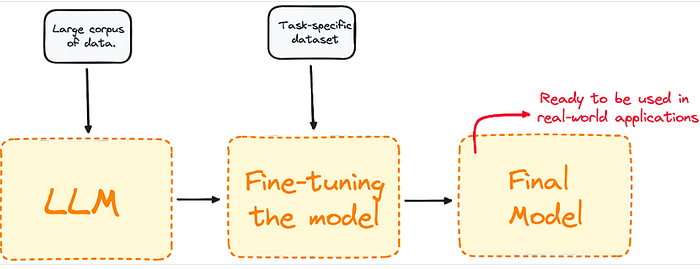VC-Funded Startups and AI: A Match Made in Heaven?
VC-funded startups and AI are a match made in heaven. The former aims to disrupt its field with an innovative solution, the latter is the innovation the world can’t get enough of – according to a Q4 2018 report from PwC and CB Insights, VC funding for AI startups topped a record $9.3 billion, a 72% spike from last year. That sum doesn’t even account for AI-powered VCs like In-Reach Ventures who this year announced a new €53m fund, exceeding the original fund target of €50 million.
You get the point: AI is smoking hot right now. And if you’re reading this, there’s a fair chance you’re looking to Venture Capital to finance your AI solution; but where things get hot, people get burned.
However, since we’ve successfully navigated several startups through the VC funding minefield – securing capital for their ML R&D projects – we thought you might enjoy a peek behind the scenes at how it’s done.
It Starts with the Right Company – with the Right Idea.
We’ve written about the rush on AI solutions, and how not every business will benefit from ML or deep learning. Yet, despite our words of caution, many companies can’t wait to sprinkle a little ML magic dust on their product or process – regardless of whether it’s needed; or, even feasible.
And it’s due to this lack of rigor that the quality of ideas that startups have when it comes to ML range from game-changing to game-over. Of course, the company matters as much as the idea, but what makes for the perfect combo?
Looking back on our experience – these four characteristics contributed to funding success.
Revenue Generation
The startups we worked with were already operating and generating revenue.
Clearly-Defined Business Value
The functionalities in development were not only answering a specific business need; they had a sound business case backed by a plan for monetization.
Early Validation
Validation: customers are willing to pay for the features; other companies do have similar features; you’re doing this process manually and can confirm (with numbers) that using ML will save a concrete amount of time and/or money.
Project Length
Each of the projects was delivered within 6-9 months, meaning the entire investment concluded within a year. That’s not to say that long-term projects can’t get financing. But in our experience, the relatively short-term nature of these projects was a significant plus.
The Dangers of Unsuitable or Forced Ideas
This section wouldn’t be complete if we didn’t shed light on bad ideas. And yes, we’ve seen our fair share. Typically, bad ideas are of the forced variety: where the startup doesn’t have a concrete plan or application for AI but has decided to get on the ML train, nonetheless – even though it’s a road to nowhere.
Always Begin with the ‘R’ in R&D.
If the concept looks promising, then it’s time to get to know the client, their business, and their idea. We’re talking an in-depth, bare-all kind of affair, where we get to feel what it’s like in the startup’s shoes.
Research: Your Client, Their Objectives, and Their Idea
Identify exactly what your client wants and verify whether the concept is feasible. Understand their business objective and think of efficient ways of getting there. Typically, at this stage, you want to find out what your client’s budget looks like – as this will dictate what’s available to you as you plan the solution.
Research: Existing Solutions
Once you’ve identified a way of satisfying your client’s objective, find out if any existing solutions could work. It may well be that there’s an available technology you can adapt, then implement. If so, the scope of your project drastically changes as it stops being R&D – and you should report the findings to your client immediately, then get on with integrating the solution.
Research: The Market
If your research of existing solutions comes back fruitless, it’s time for … yes, more research.
That’s right; only this time, you need to focus on the client’s market and their industry. Study the competition, dive into industry trends – look far and wide as your goal is to better understand what’s missing across the spectrum to be able to suggest a solution that’s both unique and innovative…
Conclusion
As these are the characteristics, you’ll need to secure financing. You’ll need to research publications that cover similar projects. And pay particular attention to the methods, results, and problems faced by projects, as well as the data used to power solutions.
FAQs
- What are the key characteristics of a successful AI startup?
- Revenue generation
- Clearly-defined business value
- Early validation
- Project length
- What are the dangers of unsuitable or forced ideas?
- Forced ideas are often a result of a lack of rigor and unrealistic expectations
- How can I ensure success in securing VC funding for my AI startup?
- Research your client, their objectives, and their idea
- Research existing solutions
- Research the market
- Save your sources for future reference
Stay Tuned for the Next Segment!











